Whag Ground Nesting Bird in the Northeast Has Blue Eggs
What bird lays blue eggs? What do cardinal eggs look like? Look at photos to help you identify bird eggs from 10 different species.
Bird eggs range in colors and can be ornately maculated with spots, blotches and scrawls. They vary in shape and size, and they must be thick enough to withstand the weight of an incubating parent but thin enough to allow the embryo to break through and hatch. Other than heat and protection, all the resources needed for a chick to grow and mature are packaged up cleanly and tightly in the eggshell surrounding it. Learn to identify bird eggs and discover how egg color, size and incubation change from species to species.
Ruby-Throated Hummingbird Eggs

Clutch size: 2 eggs
A kiwi lays the largest egg in relation to its body size, but hummingbirds come in a close second when you add up the total volume of their two eggs laid in each clutch. Nests are built and eggs are incubated by the females. Like all hummingbirds, this species lays immaculate white eggs, but the eggs sit so deep in the cup-shaped nest that predators don't see them unless they stand directly above the nest. Learn everything you need to know about hummingbird nests.
American Robin Bird Eggs
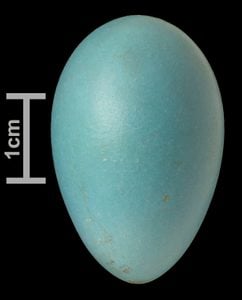
Clutch size: 3 to 4 eggs
The spotless, bright blue-green eggs in the American robin's mud-lined nest are a sure sign that spring has arrived in North America—and sometimes they appear before the season itself.In places where trees are very sparse, robins may nest on the ground. Many eggs don't make it to hatching because of the diverse predators, including squirrels, snakes and crows, that easily rob the robin clutch. In response to adversity, robins quickly build their nests again, but the later clutches might contain fewer eggs. Learn more about robin nests and eggs.
 Yellow Warbler Eggs
Yellow Warbler Eggs

Clutch size: 4 to 5 eggs
Yellow warblers are popular targets of brood parasitic brown-headed cowbirds. When both species' eggs are present in a nest, the warbler eggs often fail to hatch or the chicks might not make it to fledging. When cowbirds are near the nest, yellow warblers emit alarm calls and the female may sit on the nest with wings spread out to keep other birds at bay. If the warblers find a cowbird egg in their nest, they may bury it by building a new layer of nest on top of the intruder's egg. Learn how to attract nesting birds to birdhouses.
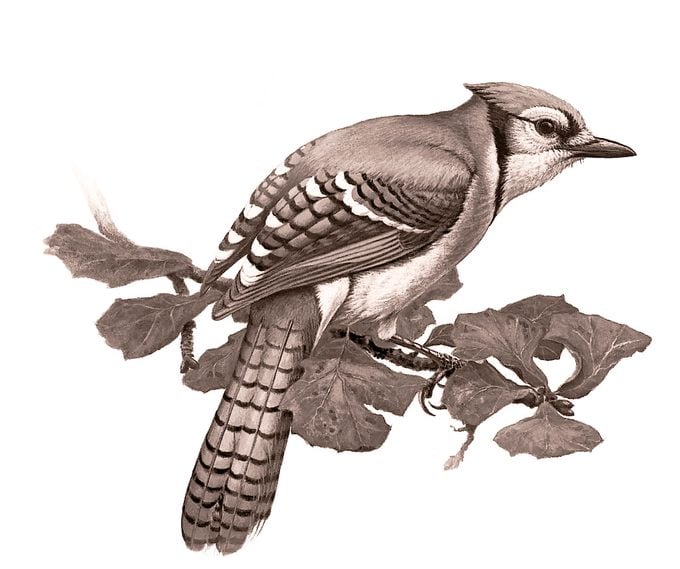 Blue Jay Eggs
Blue Jay Eggs

Clutch size: 2 to 7 eggs
Blue jays swiftly remove sharp eggshell fragments to protect their newly hatched brood from harm. Discarding shells also helps prevent both microbial infestations and pungent-smelling cues that might alert nest predators about the location of the clutch. In this jay's family, only the female incubates the eggs, but both parents work to provision the hungry chicks upon hatching. Here's what to do if you find a bird nest with eggs or a baby bird.
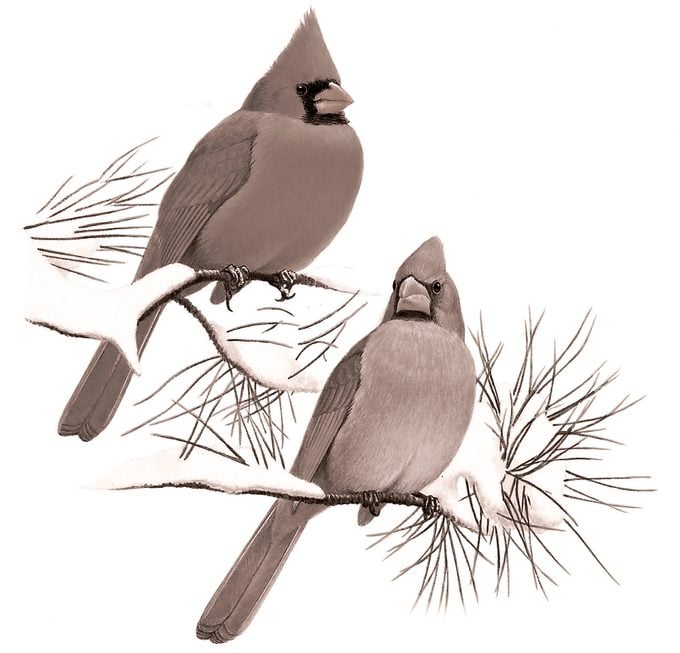 Northern Cardinal Eggs
Northern Cardinal Eggs

Clutch size: 2 to 4 eggs
The beige base color and brown spots of the Northern cardinal's egg sharply contrast with the bright red plumage of the male parent. Perhaps because the female has a mix of more subdued reddish brown plumage, she is the sex responsible for incubating the eggs. She also builds the delicate nest, constructing the base by crushing twigs with her powerful beak. All the while, she's followed and fed by the male as part of his nuptial feedings. Check out 6 proven ways to attract cardinals.
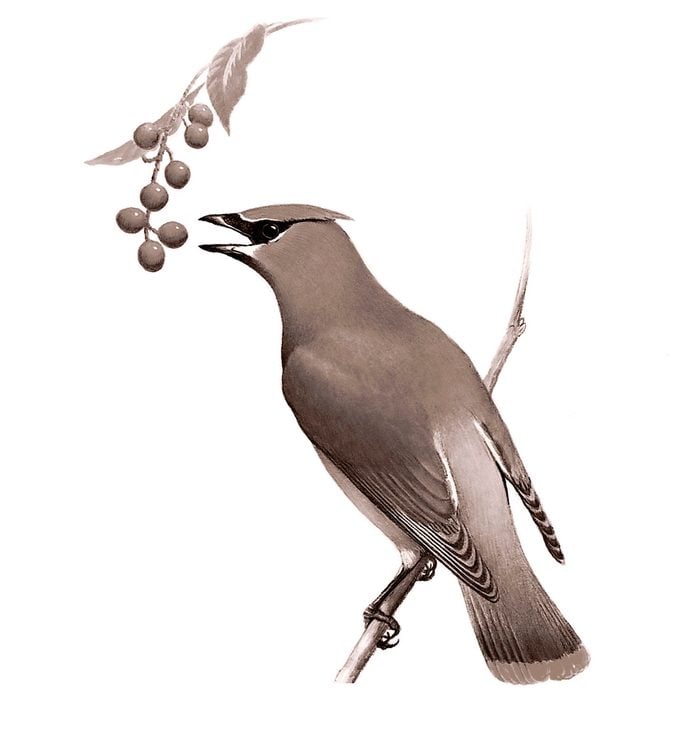 Cedar Waxwing Eggs
Cedar Waxwing Eggs
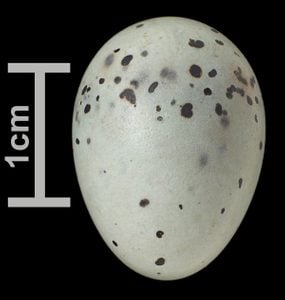
Clutch size: 4 to 6 eggs
Erratic in their distribution and where they breed, cedar waxwings time their egg laying with late-ripening fruit. The waxwing egg is a balance of a pale bluish gray and a suite of darker, delicate spotting patterns. With a tight pair bond, both parents build the nest, incubate the eggs and, once the eggs hatch, feed the nestlings a mostly fruit diet. What is a fledgling? Learn the five stages of a baby bird's life.
 Baltimore Oriole Eggs
Baltimore Oriole Eggs
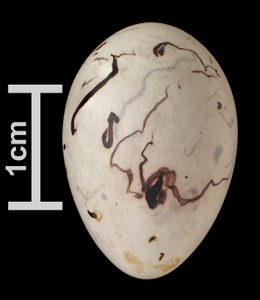
Clutch size: 3 to 7 eggs
The pale gray-blue Baltimore oriole egg is covered with sparsely distributed lines and squiggles that marble the egg. Occasionally, a nest may be attended by two birds that look like females. But usually one of them is actually a young male breeding for his first time, still displaying more cryptic plumage that allows him to stay under the radar of older and more competitive males. Learn about 8 different kinds of bird nests and how to spot them.
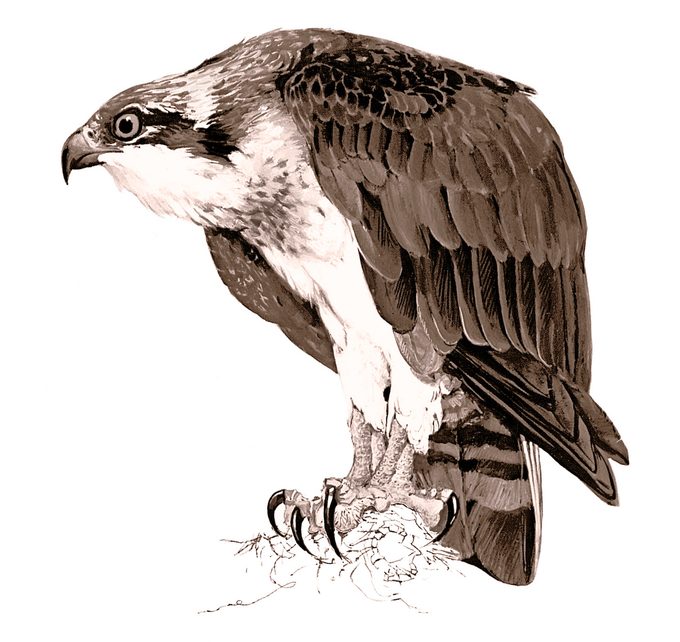 Osprey Eggs
Osprey Eggs

Clutch size: 1 to 4 eggs
It takes an osprey five weeks or so to complete the incubation period for its dark blotch-covered eggs. Older birds often pair with previous partners, reusing and improving the preceding year's nest to build an even bulkier and presumably safer site for incubating the eggs. Ospreys sometimes nest in loose colonies, where they observe and copy cues about from what location their neighbors might have brought in the latest catch to feed their young.
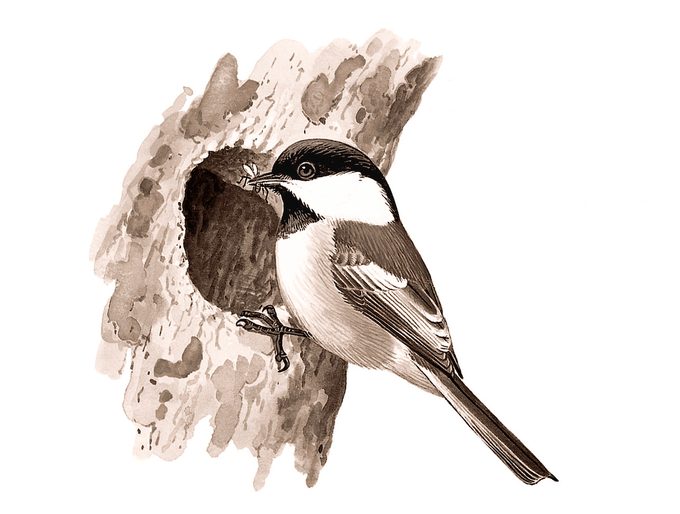 Black-Capped Chickadee Eggs
Black-Capped Chickadee Eggs
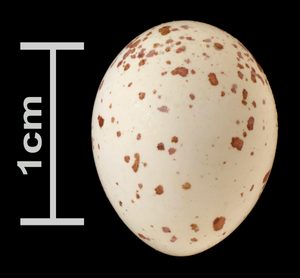
Clutch size: 6 to 8 eggs
Chickadee eggs are white with small reddish-brown spots. The eggs of these cavity-nesting birds are rarely seen by most birders because the species does not usually choose artificial nest boxes. Instead, they prefer to breed in old woodpecker holes or in holes of rotting stumps. There is a trade-off, though. Because woodpecker holes are safer, competition with other cavity-nesting birds for the holes is also fiercer. Many embryos of chickadees are sired by males other than the social father. This phenomenon is known as extra-pair paternity. Learn more about chickadees.
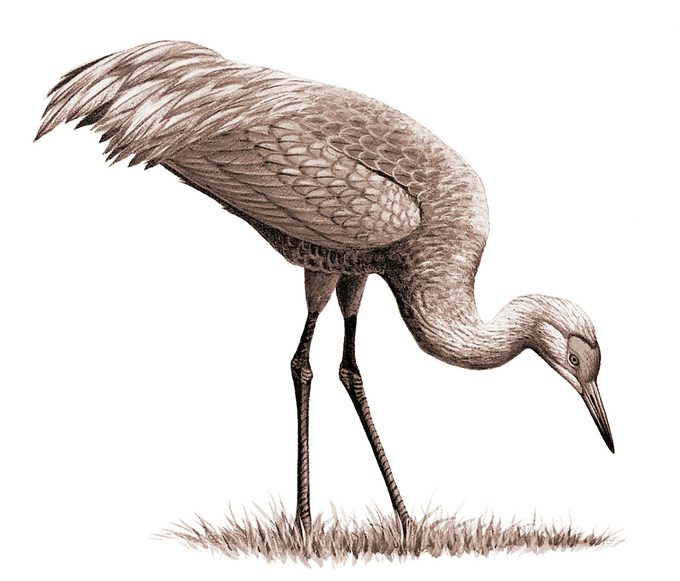 Sandhill Crane Eggs
Sandhill Crane Eggs

Clutch size: 5 to 7 eggs
Sandhill cranes lay relatively small eggs that are pale brown and marked with reddish brown blotches for camouflage. Both parents attend the nest and spend about a month taking turns incubating the eggs. But this is just a small fraction of their parental duties. They spend the next nine months looking after the young until they become independent. Sandhill cranes also make good foster parents. Despite the variability in eggs, they do not recognize their own and readily accept other eggs. Discover more interesting facts about sandhill cranes.
Source: https://www.birdsandblooms.com/birding/attracting-birds/bird-nesting/identify-bird-eggs/


0 Response to "Whag Ground Nesting Bird in the Northeast Has Blue Eggs"
Post a Comment